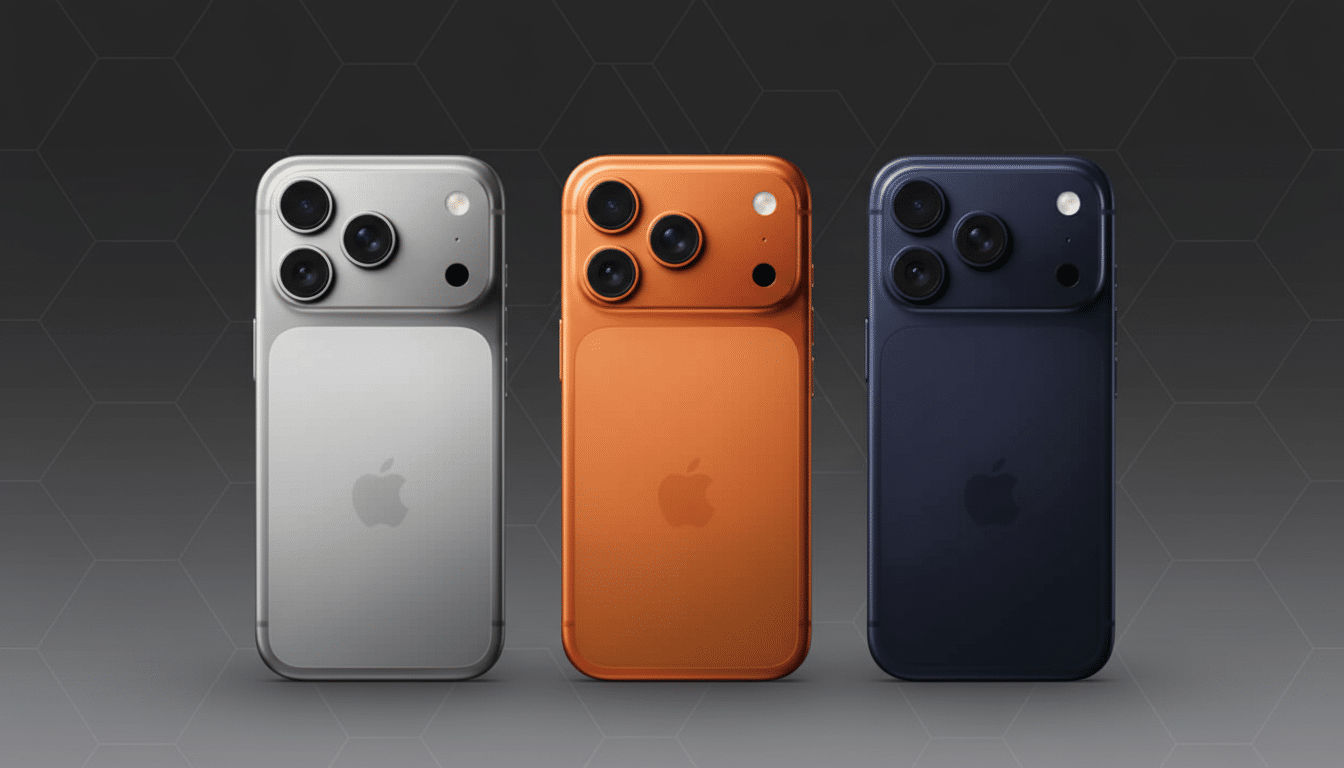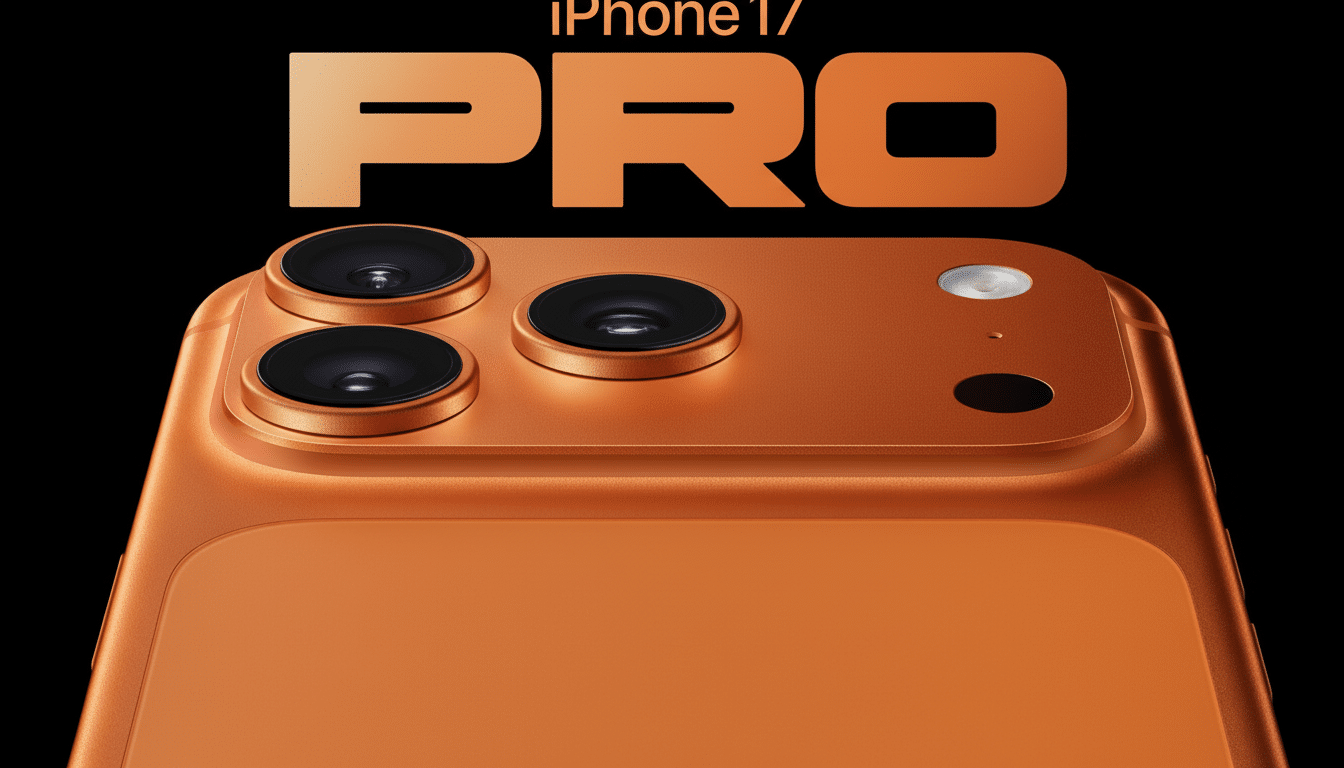The average iPhone user upgrades about every three-plus years, analysts at Counterpoint Research estimate. I’m not most people. By the book, my iPhone 16 Pro is still fast and familiar, but three changes in the iPhone 17 Pro are compelling me to jump early for the first time: a seriously reworked camera system, a legit battery boost, and a design refresh that you feel every time you pick it up.
A camera overhaul that actually matters in real life
Apple’s pitch is simple: the iPhone 17 Pro family houses the company’s most powerful camera system yet. The headline is not simply megapixels; it is where those pixels live. Apple says the new three-camera array now has three 48MP “Fusion” sensors, like a 48MP telephoto that’s 56% larger than it was. Smaller pixels and larger sensors usually lead to cleaner low-light photos, improved dynamic range, and more natural depth—trends that lab testers like DxOMark have consistently demonstrated.

There’s the expanding list of native focal lengths, too. The Apple “eight lenses in your pocket” story holds true here, with expanded optical coverage, true 4x at around 100mm and an 8x reach at 200mm—one that is still seldom seen on an iPhone. If you’re shooting stage shows from the back row, or sports from the sidelines, that extra reach isn’t a spec-sheet flourish; it means fewer mushy digital crops, and more usable detail. It also places the 17 Pro in a better competitive position against long-zoom rivals like Google’s most recent Pixel Pro models.
At the top, Apple says the selfie camera gets a resolution boost and now supports Center Stage, which should make group selfies and video calls easier. I’ll want to put to the test how Apple integrates these higher-res sensors into their computational pipeline — Smart HDR, Deep Fusion, and their ProRAW workflows — to see if the benefits extend across challenging lighting. On paper, however, it’s the first iPhone Pro camera package I’ve seen in a long time that materially outruns the 16 Pro for both the casual shooter and the creator.
Battery life, new ways of using it
Apple is claiming that the iPhone 17 Pro is its longest-lasting iPhone yet thanks to the combination of a large, unibody battery that is able to take advantage of efficiency improvements from the A19 Pro chip, and power management in iOS 26. The company says video playback will last up to 33 hours. That’s a six-hour leap from what the 16 Pro claimed — a little more than a 22% jump on a metric Apple has been using for years to compare models.
And that margin matters if you record ProRes video, tether your laptop while on the move or bounce around among FaceTime, maps and social apps all day. Battery life is a top driver of satisfaction and upgrades in Consumer Reports and J.D. Power surveys, and for good reason: a phone that doesn’t last until bedtime is a phone you’re going to charge or replace.When a phone is reliable through the day, you stop entering rooms by scouting for outlets. If Apple’s claims bear out in mixed use — screen-on time, 5G, and camera-heavy days, that in itself could be enough to justify an upgrade for power users.

I’m also interested if the new chassis does a better job with heat dissipation in prolonged workloads. Throttling under sustained long video shoots or gaming will degrade performance and battery life; better thermals would multiply the gains Apple is claiming on paper.
Design and colourways you actually notice day to day
We can say that color doesn’t matter — until there’s a finish that makes you smile. The colors of the iPhone 17 Pro are a little more daring: The Cosmic Orange leans more copper than safety cone, and the Deep Blue looks premium without shouting. CIRP research has proven that design and finish do matter in purchase satisfaction, and in-hand, these are the details you touch hundreds of times per day.
There’s a practical angle too. The bar has now grown to cover the top of the phone, much like the bar on Google’s Pixel line of phones. The wider footprint also makes it easier for the phone to sit securely on a desk, decreasing the wobble when you tap. The center of the rear panel, meanwhile, allows for some visual separation along with instant recognition of the Pro model. If the unibody design also has the added benefit of allowing Apple to squeeze in a physically bigger battery, without adding to the weight score, then that’s a win for your day in, day out quality of life ticking over too.
None of this is to say that the iPhone 16 Pro isn’t incredible. But the 17 Pro feels like anything but a standard cycle: that camera system promises a step change in reach and low-light, the battery specifically targets the point of pain users care about, and the hardware styling finally separates itself from last year’s neutral palette.
The bottom line: If your 16 Pro is still running cleanly and you’ve got an easier workload, waiting an additional year is reasonable. So if you’re always taking pictures or traveling, or if you simply want some peace of mind for making it through a long day with some charge to spare, the iPhone 17 Pro offers enough real-world upgrades to entice even the upgrade-averse — myself included.

